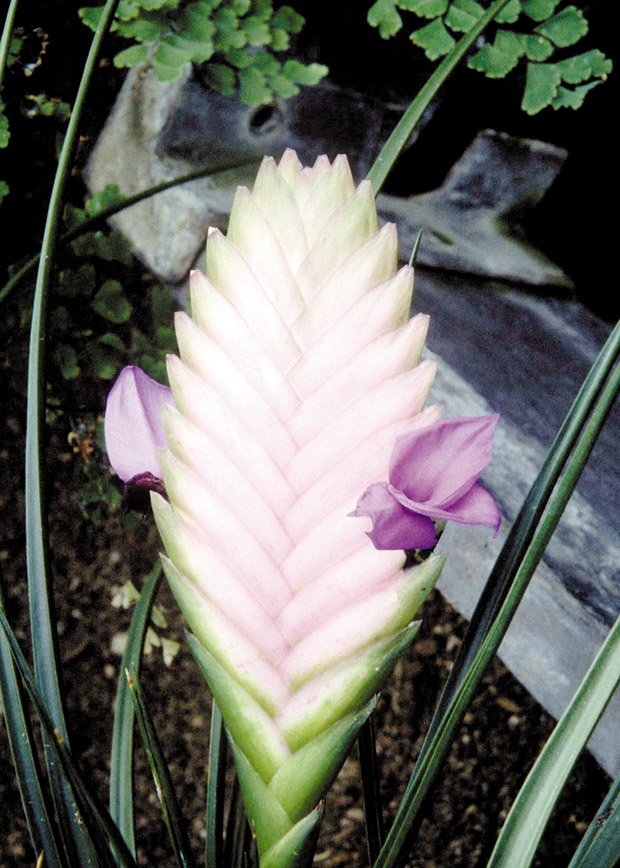Several years ago, while on assignment, I visited a large nursery, Sharon’s Plants, nestled in the back of Waimanalo. The nursery spanned more than 20 acres and the owner, Sharon, introduced me to plants I had never seen before. She showed me special bromeliads that she created herself and also her collection of Tillandsia, which are a type of bromeliad.
This was the first time I had even heard of Tillandsia, also known as air plants. Sharon explained to me that, because the plants take in all their water and nutrients through the leaf system, the plants could thrive on nearly any matter. Unlike other plants, these do not need to be “planted.” In fact, they can even grow on rocks.
Since that visit, I have always kept the air plants in the back of my head. I finally caved and purchased some of my own. While the plants are known to be low maintenance, they still require some minimal care to thrive:
Sharon wrote a great article all about caring for Tillandsia. In it, she says that watering is one of the most important and also the most overlooked components to caring for Tillandsia. She recommends watering two to three times per week by immersing the plants in a bucket or sink. Misting is not sufficient, and neither is placing the plants in a humid environment. Sharon advises that the plants need to be watered both underneath and on top of the leaves, enough so that they look as though they’ve been through a rainstorm. After watering, make sure the plants have enough light and air to dry in four hours or less.
Air circulation makes sense, hence the name air plants, but many will often overlook the fact that Tillandsia also need sunlight. According to Tillandsia International, sunlight is of essential importance. However, the sun should be indirect. Place the plants near a window that gets morning sun rather than afternoon sun. Direct sun all day or too strong of sun can burn the plants.
Fertilizing will help the plants to grow faster and with better flowers. Just be careful not to go overboard. Use a water-soluble fertilizer and follow manufacturer instructions, but decrease the strength to 25 percent.
